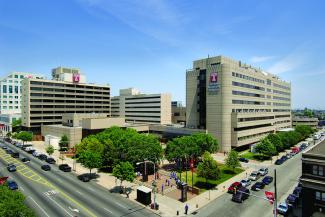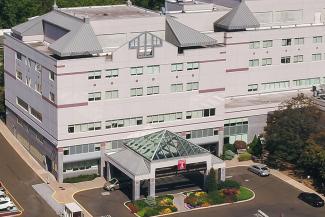Bronchoscopic Procedures, or bronchoscopies, are procedures that allow doctors to see inside the lungs of patients, using a tool called a bronchoscope. The bronchoscope is a thin, flexible tube mounted with a small light and camera that is inserted into the airways through the nose or mouth.
Bronchoscopies are sometimes performed in order to determine the cause of a problem with the lungs, but bronchoscopies may also be used to treat certain problems in the airways or lungs.
During a bronchoscopy, a doctor passes the bronchoscope through the nose or mouth of the patient and into the airways. Using the light and the camera, the doctor can both see the airways and take pictures. The bronchoscope can also be used to take tissue or mucus samples from inside the lung.
If there is an object stuck in the patient’s throat or a lot of bleeding in the lungs, a doctor may perform a rigid bronchoscopy. This involves using a bronchoscope that is stiff and wider than a regular bronchoscope. This rigid bronchoscope is also passed into the airways through the mouth.
Not all bronchoscopic procedures are performed to find the cause of a lung problem. Some bronchoscopies are used to treat lung problems.
Bronchoscopic procedures are generally very safe. They are performed under sedation, and there is no incision. Some patients experience a hoarseness or a sore throat following bronchoscopy, and more serious side effects, such as bleeding or a pneumothorax (collapsed lung), are possible but rare.
Ready for an Appointment?
Find a doctor near you, request an appointment, or call 800-TEMPLE-MED (800-836-7536) today.


